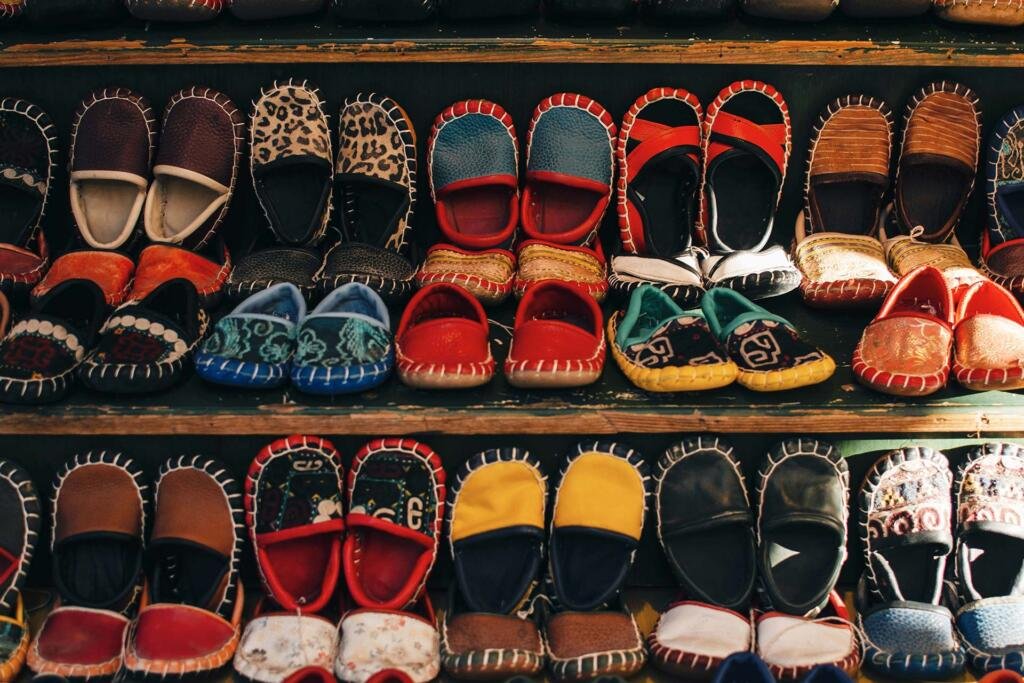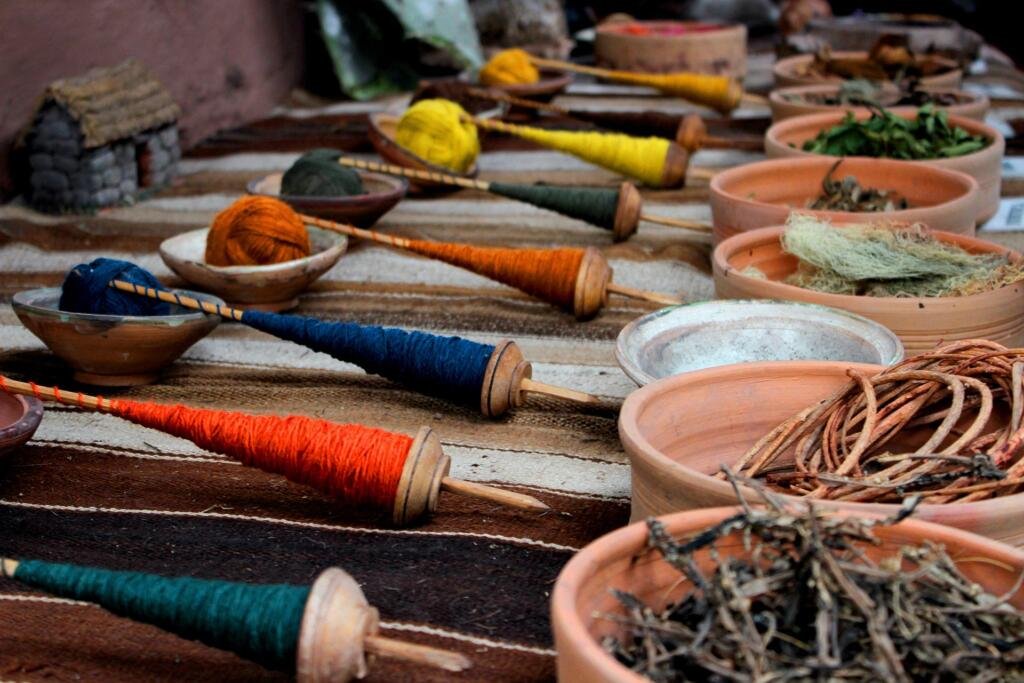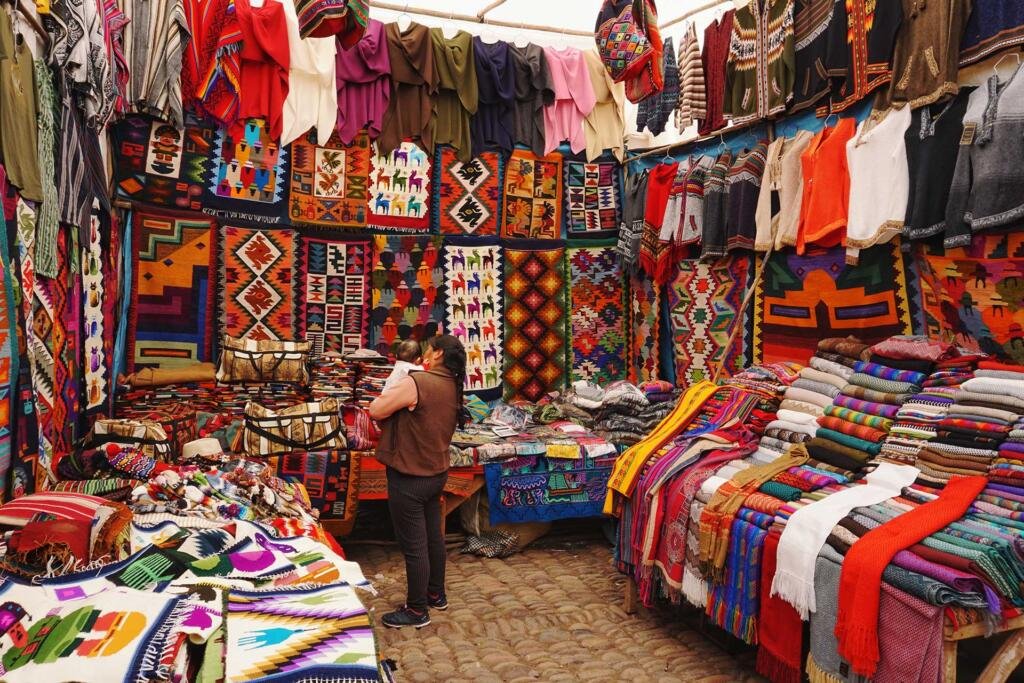Fabric dyeing is a crucial part of textile manufacturing, giving fabrics their unique and lasting hues. Different dyeing methods—reactive, pigment, discharge, and digital dyeing—ensure vibrant, high-quality finishes. As sustainability becomes a priority, eco-friendly dyeing techniques are gaining popularity.
Challenges:
Chemical Exposure: Some dyes contain harmful substances.
Water Pollution: Conventional dyeing methods consume large amounts of water.
Uneven Color Absorption: Achieving uniform shades is difficult.


Advantages:
Eco-friendly Options Available: Sustainable dyes reduce environmental impact.
Long-lasting Colors: Modern dyes provide excellent durability and colorfastness.
Versatile Application: Different dyeing techniques cater to various fabric types.
Colors define identity, and fabric dyeing makes them last forever.
Disadvantages:
- Expensive Sustainable Dyeing: Organic dyes cost more than synthetic options.
- High Energy Consumption: Dyeing processes require significant heating and water usage.
Solution:
Implementing waterless dyeing techniques and using biodegradable dyes can create eco-friendly fabric production without compromising quality.

Conclusion:
Dyeing is an art that blends science, sustainability, and creativity. With eco-conscious practices, businesses can create high-quality, vibrant, and environmentally responsible fabrics.


